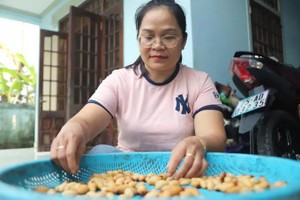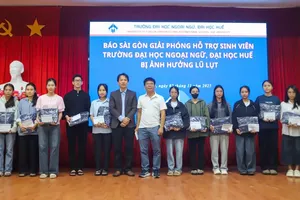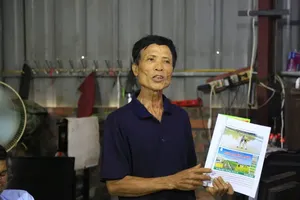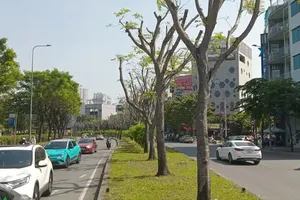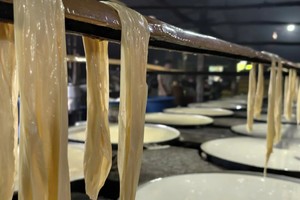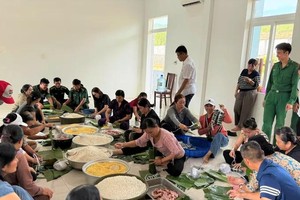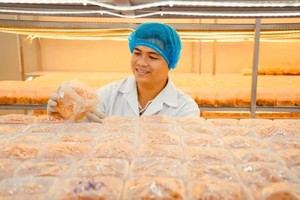Veteran artist Lê Huy Tiếp, a pioneer in printmaking in Việt Nam, recently showed his work at an exhibition at the Wedeman Art Gallery in Newton, Massachusetts.
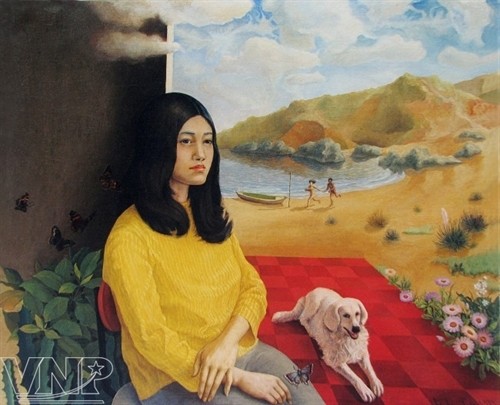
The exhibition was part of a cultural exchange launched by Lasell College and its partner, Indochina Arts Partnership. The aim was to bring together artists from the US and Southeast Asian countries.
Tiếp displayed his latest collection of 20 woodcut prints and engravings.
He also introduced 20 works created by students, including Trần Văn Quân, Đài Trang, Nguyễn Thành Công, Phan Hải Bằng, Lê Văn Ba, Phạm Tường Minh and Ngô Anh Cơ.
Tiếp, a graduate of the Moscow University of Industrial Fine Arts in 1975, was recognised as the first artist who developed printmaking in Việt Nam.
There were few printmakers at the time because of the expense for the materials and equipment.
Prints are made by pressing a sheet of paper or other material against an image-bearing surface to which ink has been applied. When the paper is removed, the image adheres to it, but in reverse.
Woodcuts made in China in the fifth century AD were used to apply patterns to textiles. The process was not introduced to Europe until the 14th century. They were first used for textile decoration and then for printing on paper.
While woodcuts are a traditional form and use multiple coloured plates, they are not as popular today, but engravings on both metal and plaster remain more in vogue.
